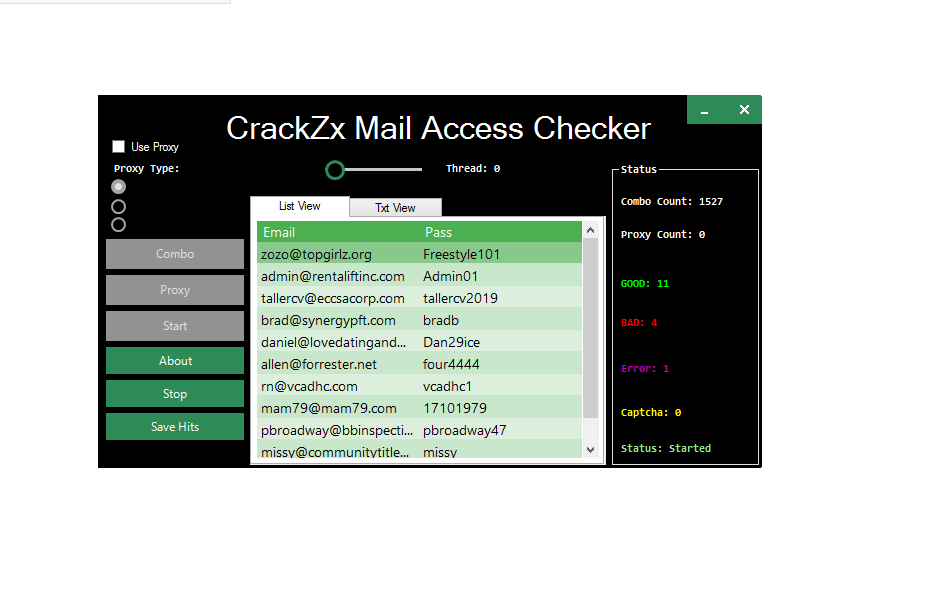
:max_bytes(150000):strip_icc()/best-email-search-sites-and-address-directories-1171106-C-v1-5b368e1a46e0fb00371ff0d0.png)
Rather than making use of unique screen identities chosen by the user, as AIM uses, or using the user’s email address, as MSN Messenger and Google Talk use, ICQ instead created a unique identification number (UIN) for each user. There was a time when ICQ was by far the dominant instant messenger client in existence, and for many companies during the dot-com years it was a preferred mode of communication between them and customers. It was the first instant messenger client to truly use a graphical user interface (GUI), and was easy to install and use for almost anyone.

ICQ was an innovator in the field of instant messaging. ICQ and other messaging programs make use of various emoticons to convey simple emotions. The company relied very little on traditional marketing, instead depending on the viral effect as customers told their friends about it, and their friends in turn told their friends. Mirabilis was funded primarily by one of the founder’s fathers, as well as other small investors. In 1996, an Israeli company called Mirabilis released their instant messaging product: ICQ.


 0 kommentar(er)
0 kommentar(er)
